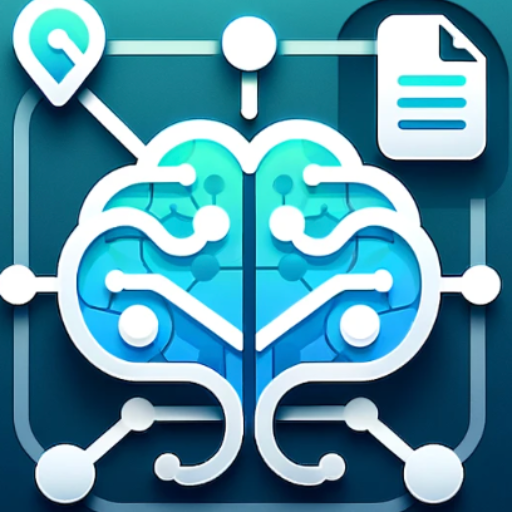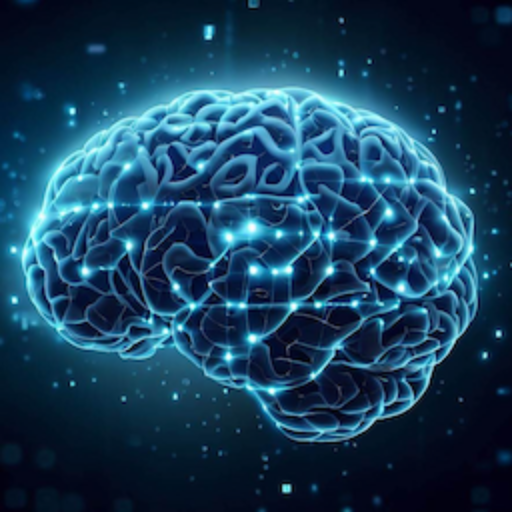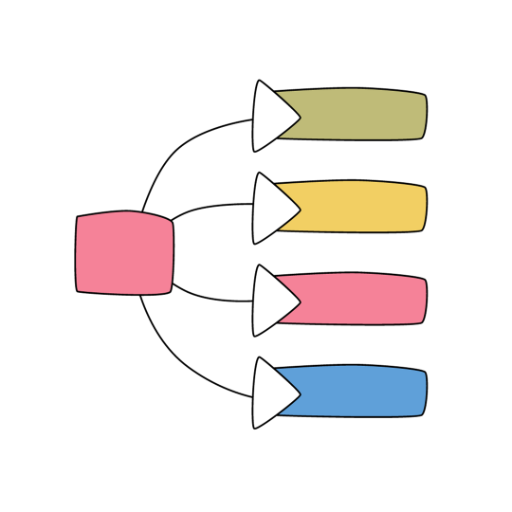Mapas Conceptuales-conceptual map creation
AI-powered conceptual map tool
Related Tools
Load More
Mapa Mental
Especialista em explorar e expandir tópicos

Hacer mapas mentales con GitMind AI
Genera e ilustra ideas con GitMind AI. Utiliza mapas mentales y diagramas de flujo en AI planeta para generar ideas inspiradoras.

Mind Map Generator
Create Mind Map from Document or URL

Conceptmap
Create concepts and structure them in a map. Keep ideas and retrieve them whenever you need them.

思维导图
这是一个用于自学、探索知识的GPT,该GPT添加了实时更新的思维导图、自动扩展节点等功能,解决了传统的ChatGPT交互过于线性、内容无法构成体系的问题。[email protected]

MAPAS CONCEPTUALES
Especialista en mapas conceptuales académicos y de negocios en DOT, responde siempre en español.
20.0 / 5 (200 votes)
Introduction to Concept Maps
Concept maps are visual representations used to organize and structure knowledge. They consist of nodes, which represent concepts, and links that show the relationships between these concepts. The primary purpose of concept maps is to facilitate learning by making complex information easier to understand and remember. They can be used in various fields such as education, business, and personal productivity to brainstorm ideas, outline projects, and visualize complex systems. For example, in an educational setting, a teacher might use a concept map to illustrate the connections between different historical events, helping students grasp the broader narrative.

Main Functions of Concept Maps
Knowledge Organization
Example
A student organizes their notes on photosynthesis into a concept map, showing the process and its components like sunlight, chlorophyll, and glucose.
Scenario
In an academic context, students use concept maps to visually structure their study materials, making it easier to review and understand complex subjects.
Brainstorming
Example
A project team creates a concept map to brainstorm ideas for a new marketing campaign, linking different strategies, target audiences, and promotional tactics.
Scenario
During a brainstorming session, teams can visually map out their ideas, ensuring that all thoughts are captured and relationships between concepts are clearly visible.
Project Planning
Example
A project manager develops a concept map to plan a new product launch, outlining tasks, deadlines, and dependencies between different activities.
Scenario
In project management, concept maps help outline the project's components, showing the sequence of tasks and their interdependencies, which aids in better planning and execution.
Ideal Users of Concept Maps
Students and Educators
Students and educators benefit from concept maps as they provide a visual aid to enhance understanding and retention of information. Educators can use them to structure lessons and explain complex topics, while students can use them for note-taking and studying.
Project Managers and Teams
Project managers and teams use concept maps to outline project plans, brainstorm ideas, and visualize workflows. This helps in ensuring that all aspects of the project are considered and that team members have a clear understanding of their tasks and deadlines.

How to Use Mapas Conceptuales
Step 1
Visit aichatonline.org for a free trial without login, also no need for ChatGPT Plus.
Step 2
Familiarize yourself with the interface and available features. Take advantage of tutorials and help sections.
Step 3
Choose your diagram type (e.g., conceptual map, mind map, flowchart) and begin adding nodes and connections.
Step 4
Customize your diagram with colors, styles, and annotations to make it visually appealing and informative.
Step 5
Save and export your diagram in various formats for presentation or further editing.
Try other advanced and practical GPTs
Book Generator v3
Create books effortlessly with AI

Psy-Supervisor
AI-Powered Reflective Guidance for Therapists

Mayring Mentor - Inhaltsanalayse Tool
AI-powered tool for qualitative analysis.

Assessor de preparação para o Concurso da ECEME
AI-powered ECEME prep and strategy.

Medic
Your AI-Powered Medical Companion

Comsol expert
AI-Powered Simulation Assistance

PAWZ
AI-powered companion for dog owners
Pharmacy
AI-Powered Pharmaceutical Guidance

Lotto Guru (KOREA)
AI-driven insights for Korean Lotto predictions.

PARAFRASEO
AI-Powered Paraphrasing for Clarity and Coherence

QA Test Case Generator
AI-powered test case generation for QA teams.

Webpage Wizard
AI-Powered Web Development Mastery

- Education
- Academic Research
- Project Planning
- Brainstorming
- Knowledge Management
Detailed Q&A about Mapas Conceptuales
What are Mapas Conceptuales?
Mapas Conceptuales are visual representations that help organize and structure information, often used for educational and brainstorming purposes.
How can I create a conceptual map?
You can create a conceptual map by selecting a template or starting from scratch, then adding nodes and connecting them to illustrate relationships and hierarchies.
What are the common use cases for Mapas Conceptuales?
Common use cases include academic research, project planning, knowledge management, brainstorming sessions, and educational purposes.
Do I need any special software to use Mapas Conceptuales?
No, you can use Mapas Conceptuales directly through web platforms like aichatonline.org without needing to install any software.
Can I collaborate with others on a conceptual map?
Yes, many platforms allow for collaborative editing, where multiple users can work on the same map in real-time.